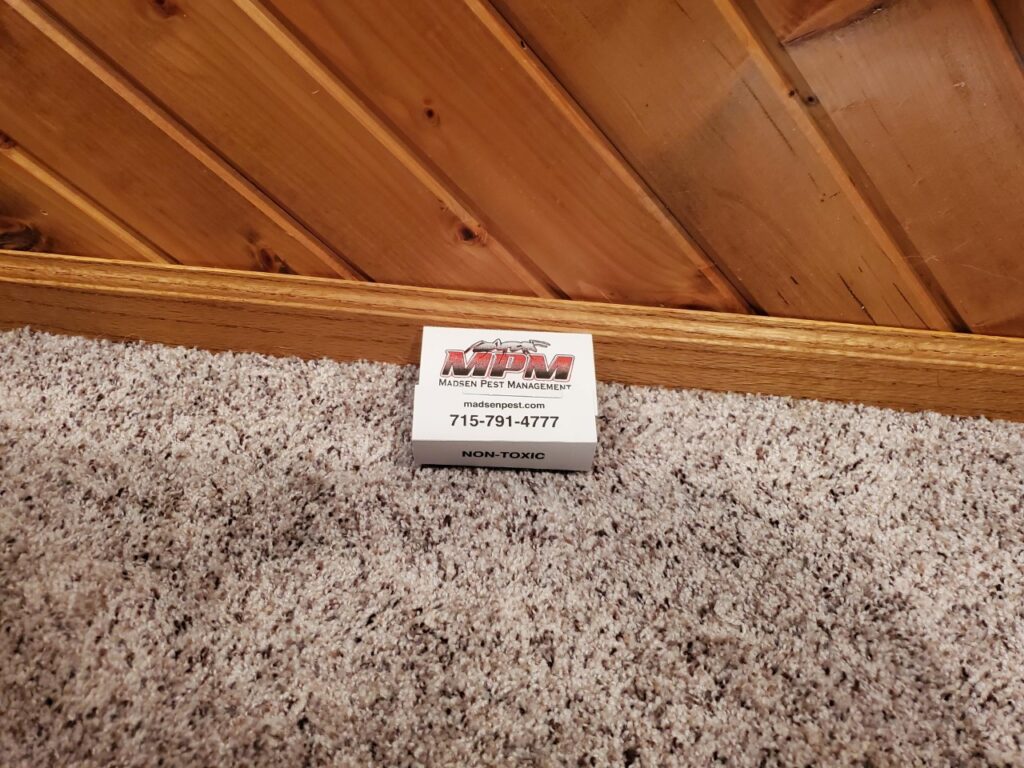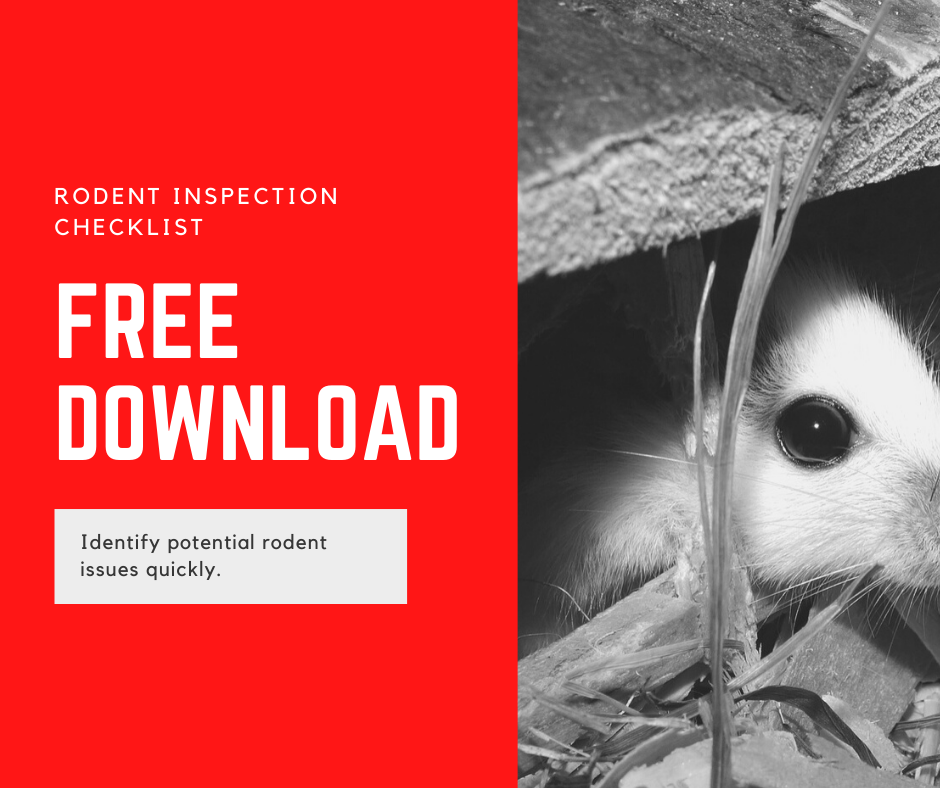The winter months are dragging on and little bugs like moths, weevils and small beetles just love to pop up from the depths of who knows where to ruin your day. These pesky insects that surface from thin air are called pantry pests, and man are they a nuisance.
Where there is food, there also may be pests. Your pantry and other areas you keep and store food are hotbeds for insects. Pantry pests are annoying in a big way but they’re typically not dangerous, nor are they damaging to your home. But why live and deal with them when you don’t have to?
WHAT BUGS ARE PANTRY PESTS?
Pantry pest is a common classification for small insects that get into food items but that don’t carry disease and won’t bite or sting you. Some of the most common types of pantry pest insects are Indian Meal Moths, Red Flour Beetles, Drugstore Beetles, and Weevils. Check out 16 other types of pantry pests at LeafyPlace.com.
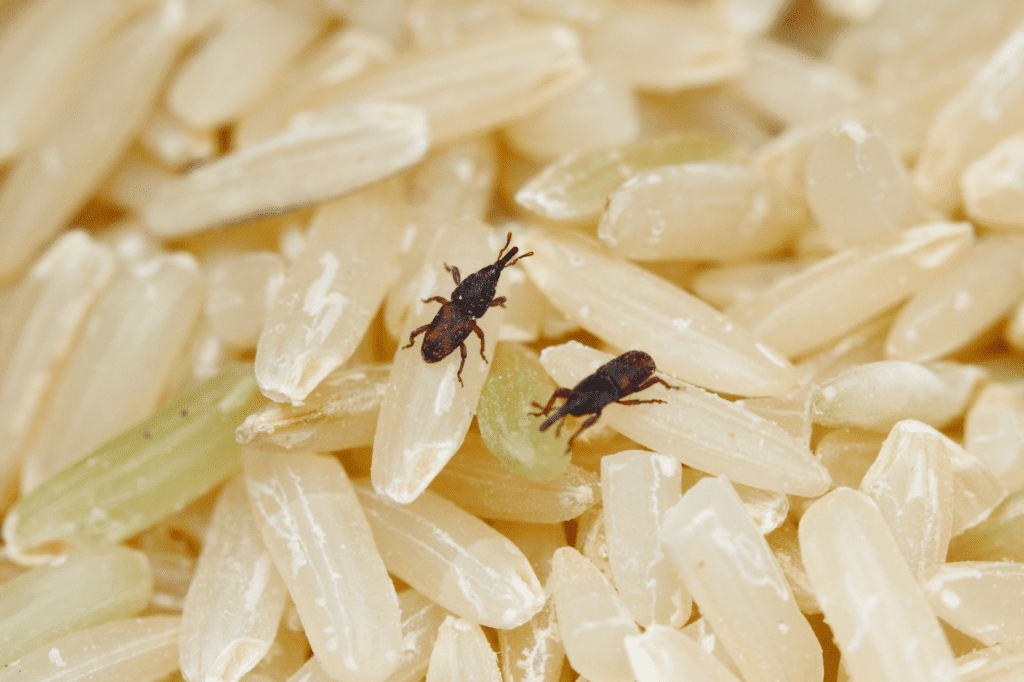
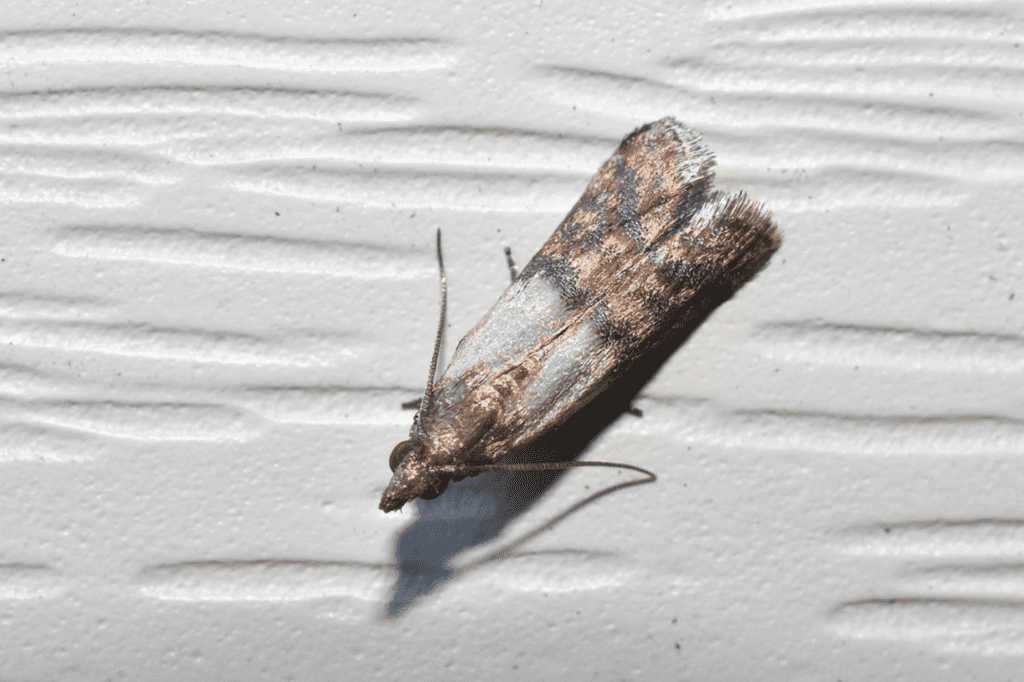
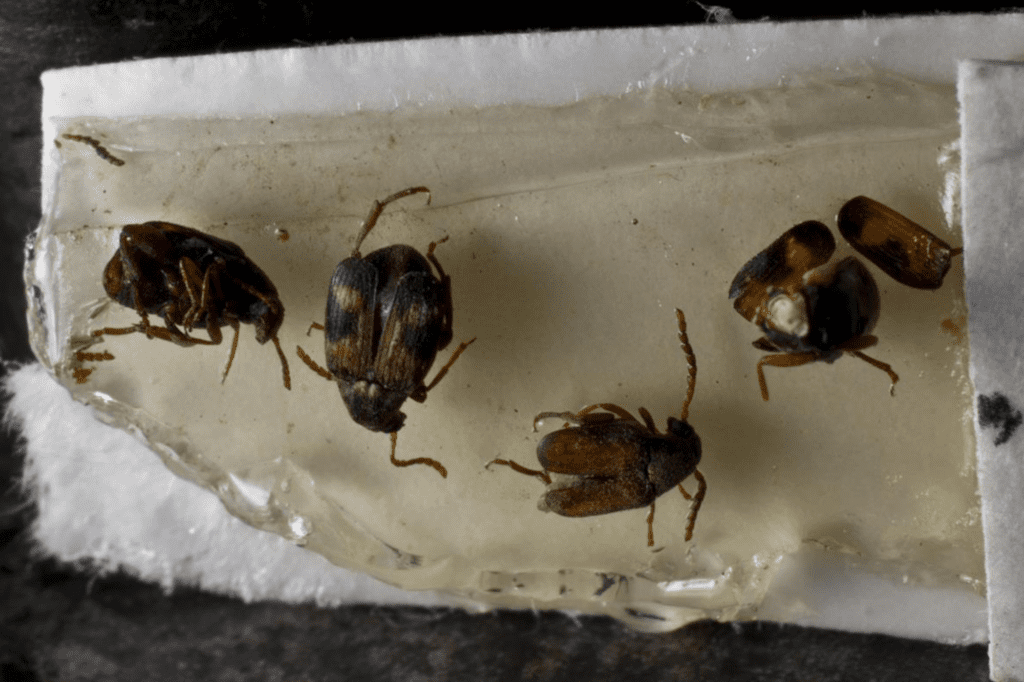
WHAT ATTRACTS PANTRY PESTS?
Even a spotless kitchen can attract bugs. Insects are great hitchhikers; they can get a ride into your home from grocery stores, delivery trucks and processing plants. They’re also not picky eaters, so any and all food items are fair game to a pantry pest. Processed food items, grains, flours, cereals, nuts and spices are some of their favorites. If packages are not stored properly or items are left open it’s a welcome invitation for a pantry pest.
YUP, I FOUND BUGS IN MY FOOD. NOW WHAT!?
You’ve opened the bag of rice that was supposed to be for dinner and you notice a few beetles in amongst the grains. Yuck!… and now what. Besides changing up your dinner plans, here’s what you are going to want to do. First, throw away the food that you found the pantry pest in, this shouldn’t be eaten. Second, you’ll want to check other food items in the surrounding area for additional bugs. There’s a chance it was an isolated incident but there is also a chance that you’ve got a pantry pest infestation on your hands. Give items that are already opened or not stored in airtight containers an extra thorough inspection. If you do notice more than one food item has pests in it you’re going to want to do a full food restock and deep clean of your pantry. Third, before restocking your pantry with any food items make sure they are correctly stored in glass, plastic or metal airtight containers. You will also want to make sure all food containers are undamaged and uncontaminated.
HOW DO I KEEP PANTRY PESTS OUT OF MY PANTRY?
Sometimes we get pantry pests and that’s okay! But if you’re looking to keep them out once and for all here are some tips to help you:
- Don’t allow food to sit in your pantry or on your shelves for more than 4 months at a time. This means buying only products that you know you’re going to consume in a timely manner. It also means not buying items in bulk that will end up sitting in your pantry for months on end.
- When you’re out grocery shopping avoid packages that have dents, scratches or broken seals. If the container looks a little worse for the wear, the contents inside might be too.
- Follow the “first in, first out” rule. When stocking your pantry we all like to have our favorites on hand, but following the “first in, first out” rule helps the older products to be eaten first, thus keeping your pantry items fresher longer.
- Transfer any food items that come in cardboard, paper, foil or even thin plastic into airtight containers. This will not only help keep your food fresher, longer but it will also deter pantry pests from finding a way into your ingredients.
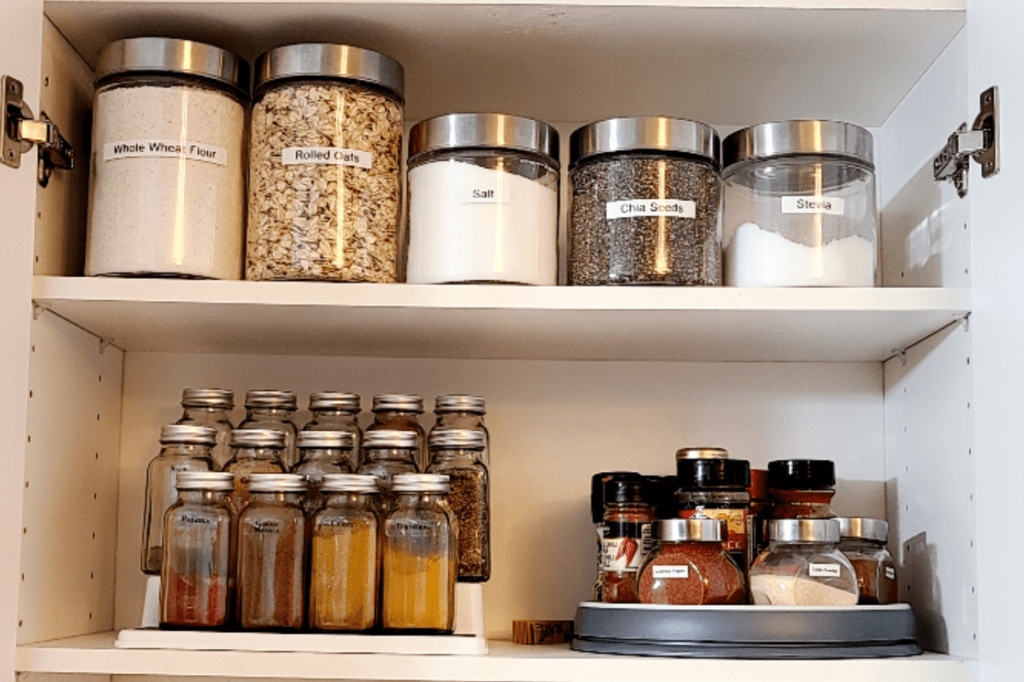
Don’t let pantry pests rule the roost in your home. If your home has a pantry pest infestation it’s best to call a professional immediately. Effective and efficient pest control is what Madsen Pest does best! Give us a call at (715) 791-4777. Our expert technicians are productive and thorough, allowing you to be pantry pest free.
Related Posts
Twas The Week Before Christmas
A cute and funny poem about pest management.
Spiders in My Home
MPM took approximately 20 – 30 minutes to inspect inside and outside our home and apply treatment to every conceivable entry point.
Rodents in My House? How To Perform Your Own Inspection
This blog will teach you how to inspect your home for rodent activity.


